“Sweet” is too simple: Appreciating late harvest wines
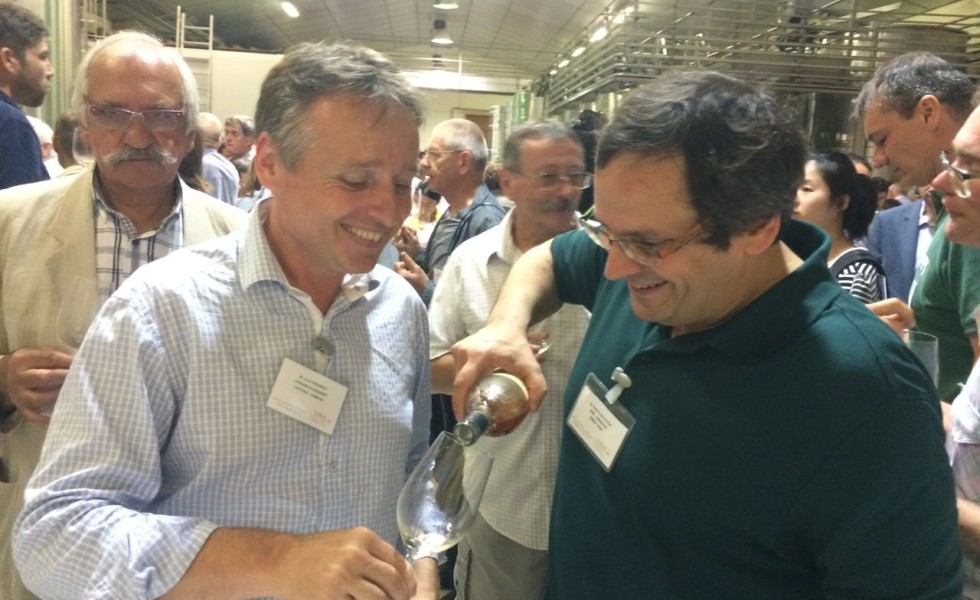
By Panos Kakaviatos for wine-chronicles.com
9 July 2015
“Sweet” wine?
Some people shrug. Many who dislike “sweet” wines base their judgment on supermarket shelf stuff, the kind of wine that is merely sticky (and/or sweet), without vivaciousness from balancing acidity and/or intriguingly complex flavors and aromas from botrytis-derived spice.
Yet some of the world’s greatest wines are “sweet”. Most readers have heard of Yquem. And I am certain you have come across Klein Constancia Estate or Domaine Disznoko or Weingut Dr. Loosen. In fact great “sweet” wines can be found worldwide.
Why the quotation marks? Because that adjective diminishes the complexities of truly fine late harvest wine. At least for serious producers.
Yes, you can start with fabulous fungus
Also known as “noble rot” (pourriture noble in French, Edelfäule in German), botrytis tends to develop later in the harvest period, shriveling grapes, removing water and leaving behind concentrated fruit sugars, minerals and natural acids, yielding a more viscous juice. The fungus typically occurs when warm, dry and sunny conditions follow early morning humidity, generated from nearby lakes and rivers. Take for example the famous Ciron – a tributary of Bordeaux’s Garonne river – which has cooler waters than the Garonne.
In autumn, when the climate is warm and dry, the different temperatures from the two meet to produce mist that descends upon the vineyards from evening to late morning. The mist promotes the development of the Botrytis cinerea fungus. And it results in utterly delicious wines such as the Château Climens 2008, which was served as an aperitif wine before a superb dinner at Château Margaux on June 15. It was brisk, full of verve, and yet soft fleshy and rich at the same time – with intriguing spice. Served at a cool temperature on a warm and sunny day, just delicious.
Its long and pristine finish perfectly matched tasty hors-d’oeuvres served at Margaux ahead of dinner. So late harvest wines can be served as starters.
Even on a hot day.
Take for example Albert Mann, one of the best producers in Alsace, for a wide variety of wines including sparklers and dry Riesling. In the video below, I am savoring their Gewürztraminer Vendanges Tardives Altenbourg 2012, a late harvest wine made from grapes on vines grown on a limestone-marl terroir. Brisk and fresh, the wine is pleasingly juicy and fruity, with white stone fruit and quince and kiwi. The palate is also treated to touches of spice. Thoroughly enjoyable on a hot summer day!
So late harvest wines are not merely dessert wines.
Although I would not go as far as having Sauternes with raw oysters, as some people insist with passion. Personally, I prefer crisp and dry whites like Chablis. In any case, late harvest wines are more flexible than one may think. I recall enjoying Sauternes for an entire meal with the owners of Château Raymond Lafon some ten years ago. The main course – pork filet served in an exotic mango sauce – was perfectly matched by an older Raymond Lafon.
At the Margaux dinner, guests enjoyed excellent reds from across the Medoc. There was an impeccable Château Margaux 1985 for the main course, for example. But the dinner began and ended with late harvest wine. At the end of the dinner, for an utterly delectable vacherin with exotic fruits, participants enjoyed what proved to be (at least for me) the very best wine of the dinner: Château d’Yquem 1988.
I do not have the chance to enjoy Yquem nearly as often as I would like as the cost is prohibitive, but each time I have done so with people who a priori do not like “sweet” wines, they join the ranks of the converted.
Outstanding Yquem
Yquem has a unique and precocious terroir in Sauternes permitting the easy development of botrytis and resulting in beguiling wines – with sumptuous spicy and fruit-driven aspects – that certainly have much residual sugar, but also balancing acidity. The 1988 was magnificent because of its particularly high acidity that matched very well its high residual sugar. Over one quarter of a century of aging in bottle has given the wine great complexity, with floral and dry fruit aromas and flavors as well as spice. The customary intensity of flavor and concentration one expects from this great property was there, too. Indeed, over time – over decades – the wine evolves in such a way that the sweetness is less pronounced. The color changes from bright lemon to amber – as with most Sauternes. And you can see in the photo, above, that the color of the wine is darker than a young Sauternes such as the Yquem 2009, tasted at the Les Vins Liquoreux du Monde, and pictured below.
Every two years just before Vinexpo in Bordeaux, Château La Tour Blanche in Sauternes organizes the tasting, where participants sample wonderful late harvest wines from around the world – some are late harvest styles with botrytis, others are so-called ice wines, without botrytis. All have residual sugars. And all have balancing acidities.
Highlights of this year’s tasting included the magnificent and quite primary Yquem 2009. At 14% alcohol, it has 155 grams of residual sugar and 4.2 grams per liter of acidity. The aromatics were gorgeous: white pepper and ripe and juicy pear, with acacia that lead through to the broad yet rather vibrant palate. Although 2009 was a warm vintage, cool nights ensured acidity. The full bodied feel was marked by a touch of vanilla, as if the barrel aging was still somewhat present – again lending a primary aspect to this nearly 5 year old wine. The finish was very long, marked by juicy white peach flavors.
Another highlight – and perhaps my overall favorite – was a show stopping Château de Fargues 2001. 2001 was an exceptional vintage in Sauternes and tasting this was proof. The chateau also poured 2011, which is a very good vintage, marked by grapefruit notes and very concentrated on the palate – almost a bit sharp at this too youthful stage. I felt as if the components were all there but that more time in bottle is needed for the wine to “come together.” When I tasted the 2001 however, I felt like it was a dream. The moment the nose was in the glass: amazing aromatics combining tobacco leaf, light caramel over an apple (hey, Halloween!), lemon rind, black tea and Clementine. Complex and utterly juicy delicious on the palate. The wine conveyed opulence and tension. It was deep and long – I could keep tasting it for one minute after swallowing it.
Château La Tour Blanche featured its 2010 and 1997. The former is a great vintage in Sauternes, and La Tour Blanche was opulent and conveyed much botrytis spice such as ginger and nutmeg, but also juicy white stone fruit aromatics and flavors. I really enjoyed the 2010!
1997 was a trickier vintage, with a fine late harvest season but more problematic weather leading up to the Indian Summer. There is a rich aspect to the vintage conveyed by La Tour Blanche, but not quite as precise as better vintages, lacking a bit of focusing acidity for example.
Château Lafaurie-Peyraguey is one of my favorite Sauternes and the amiable director Eric Larramona featured no less than three vintages: 1996, 2005 and 2009. My overall favorite? The 1996. It started to reveal some of the dry fruit aspects one gets as Sauternes ages. Touches of orange peel, a note of caramel and excellent black tea, revealing another common botrytis derived flavor that I particularly enjoy in Sauternes. The high acidity of the vintage made the wine more elegant and precise (as compared to the 1997 vintage, for example). Lovely stuff! The 2005 is a vintage I find a bit too fat for Sauternes in general. While superb for red wines, too often I find Sauternes in this vintage lacking a bit of energy, and such was the case with Lafaurie-Peyraguey – and such was the case even more with Chateau Nairac (Barsac), also at this tasting.
However, the 2009 came across as more balanced. Sure, 2009 was a warm vintage, but somehow in Sauternes, there seems to be more balance than in 2005. “We had aromas of papaya and other tropical fruits as the wine was fermenting,”Larramona recalled of the 2009. Indeed, I adored this wine’s tropical fruit aspect, with mango and quince too. But it was balanced, too, with vibrancy. A lovely 2009, even if not as deep and subtle as the Yquem. But (far) less expensive …
Château Nairac, already mentioned above, included a 2011 that proved far more interesting than the 2005, as it had more tension and energy on the palate with a pleasing note of quince.
It does not have to be too pricey to be delicious
Before we travel outside Bordeaux, I also had the pleasure of tasting the fine Château du Cros of the lesser known late harvest appellation Loupiac, which is not so far away from Sauternes. Perhaps it is less expensive than Sauternes because wines from Loupiac do not get ideal exposure to the botrytis-causing mist, but this estate is making lovely wines such as the 90% Semillon blend from the 2009 vintage which has a honeyed and fruit driven aspect along with spice.
Zind Humbrecht
As we saw with the Albert Mann example, Alsace is famous for late harvest wines made from botrytis-affected grapes. Its “Vendanges Tardives” (late harvest) are made from Gewurztraminer, Pinot Gris, Riesling or Muscat grapes, picked when over-ripe, generally several weeks after the official start of harvest.
At the Tour Blanche tasting, celebrated winemaker Olivier Humbrecht of Domaine Zind Humbrecht poured rare Sélection de Grains Nobles (SGN) wines: French for “selection of noble berries”. These are harder to make, as weather conditions have to be just right and vintners can only achieve SGN levels of concentration, intensity and potential complexity by successive hand-picking, in several passes, of grapes more intensely affected by the botrytis.
Of course it comes down to personal taste and I admit that some SGN wines are almost too intense for my palate. For example, I was not as enamored by the Clos Jebsal Pinot Gris 2010, with 323 grams of residual sugar and nearly 14 grams of acidity, because it came across as too sweet for my taste. But the Clos Windsbuhl Pinot Gris 2010 was utterly gorgeous. The terroir contains more limestone and results in greater freshness, Humbrecht explained. The wine had “only” 260 grams of residual sugar with 15 grams of acidity per liter. The overall impression: freshness, lift and sweetness with complex aromatics, that kept me coming for more… Humbrecht also poured an excellent Grand Cru Goldert SGN Gewurztraminer of the same vintage, with 240 grams of residual sugar and 7 grams of acidity per liter (high for Gewürztraminer). This was also lovely, with the unique flavor profile of Gewurztraminer.
Hungarian spice
Also present at the Tour Blanche tasting was László Mészáros, managing director of Tokaj’s Disznókő estate, which is making some of the world’s best late harvest wines. The vineyard is located at the extreme northeast part of Hungary, at the Ukrainian border. Cultivated grapes include Furmint (70%), Harslevelu (up to 25%) and Muscat (up to 10%).
The late harvest wines are made according to a particular technique consisting of adding very concentrated must from noble rotten grapes into a classical must before alcoholic fermentation or even into a finished wine.
Depending on the quantity of botrytised must added (measured in terms of Puttonyos, with 6 being the highest), the sugar concentration of these wines vary – from 60 to 200 grams per liter. I got a chance to savor the 2006 5 Puttonyos (made from Furmint, Harslevelu and Zeta, which is a crossing of Furmint and Bouvier). This wine counted among Wine Spectator’s top 100 wines last year.
But it was thoroughly outclassed by the amazing 2002 6 Puttonyos, which was far more precise and focused, with vivid spicy flavors and loads of vivacity and a long finish. I bought 12 bottles. When I interviewed Mészáros for wine-searcher.com, I asked him about his favourite Tokaji Aszú food pairing. His reply:
There are many, but beside the classics like foie gras or cheese (especially blue), I also like it with juicy, slightly caramelized pork or duck and with minty or fruity seasoning that is perfect. I had the chance to taste it with East Asian, slightly spicy dishes, and I loved those combinations. I like it with desserts made with apricot, mango or mandarin. But a glass of Tokaji Aszú by itself is gorgeous.
There are other forms of late harvest wines, including the famous Eiswein, which is a German word meaning ice wine, which is made by picking grapes frozen on the vine and then pressing them before they thaw. Much of the water in the grapes is frozen, so the resulting juice is concentrated, both high in sugar and acid but generally not with any botrytis.
Another wine I enjoyed at the La Tour Blanche tasting was Vin de Constance from Klein Constantia Estate in Cape Town, South Africa, made from Muscat Blanc à Petits Grains. In the 18th and 19th centuries, Constantia was one of the world’s great late harvest wines, but it disappeared with the phylloxera crisis in the late 19th century. In a later revival, first plantings of the Muscat vines were in 1982, and the first release of the new era Constantia was the 1986 vintage, released in 1990. Vin de Constance is made from a variety of pickings, a small percentage picked early for a base wine with good acidity. The harvesters then allow grapes to reach full ripeness and pick more. Finally, they pick much later, after allowing grapes to “raisin” on the vines to bring concentration and opulence to the wine. No botrytis develops. The 2009 I tried at La Tour Blanche came across as rather honeyed, but with enough acidity to balance jammy apricot aspects. An opulent wine with some 160 grams of residual sugar, balanced by 7.8 grams of acidity per liter. Aged in 60 % new French oak, Hungarian oak and French Acacia oak for four years, it develops some spicy aromatics as well, coming from the oak integration no doubt.
Category: Blog Tagged: Barsac, Climens, Disznókő, Hungary, Klein Constantia, La Tour Blanche, Olivier Humbrecht, Puttonyos, Raymond-Lafon, Sauternes, South Africa, Tokaj, VIn de Constance, Yquem, Zind Humbrecht
 Wine Chronicles
Wine Chronicles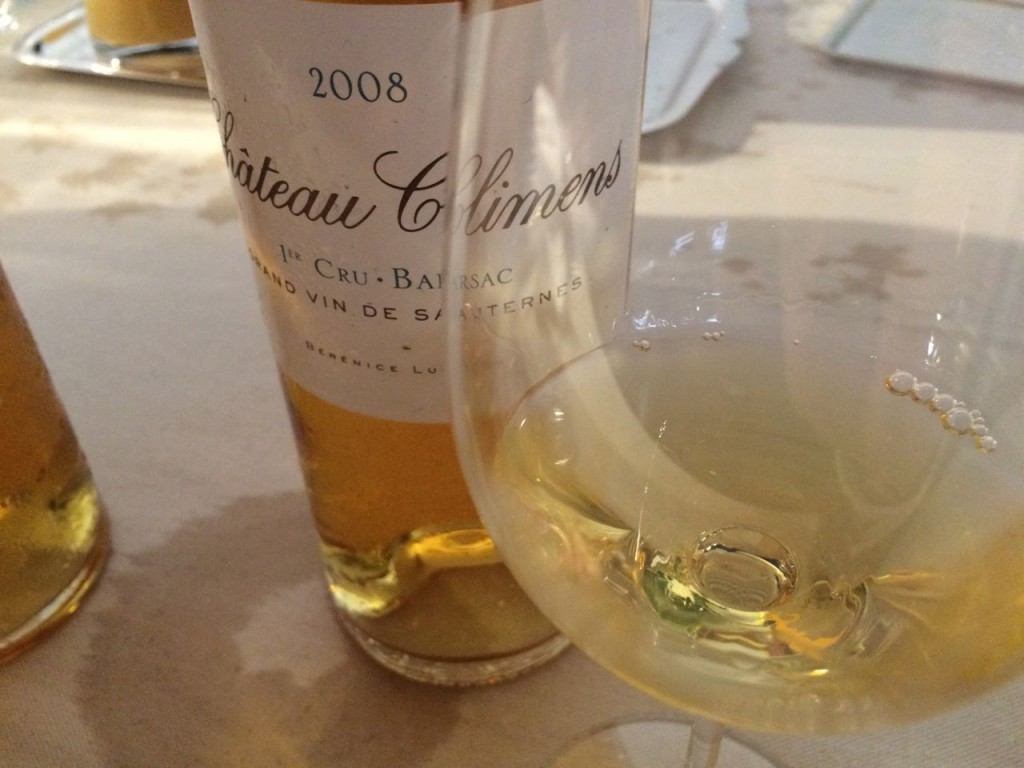
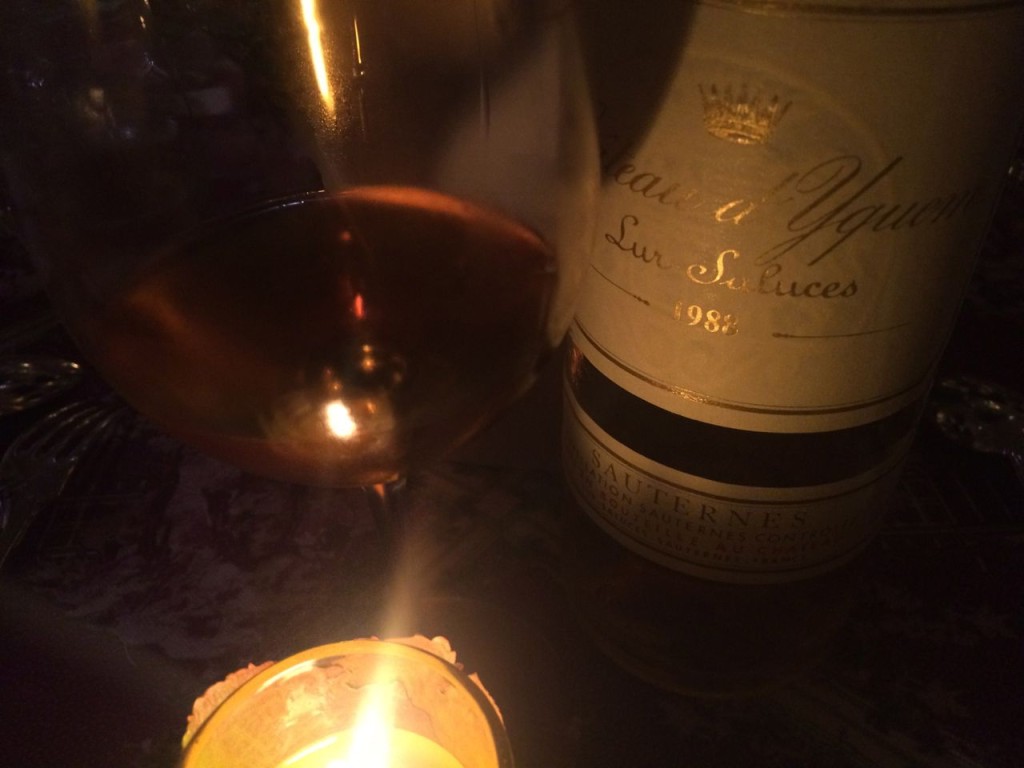
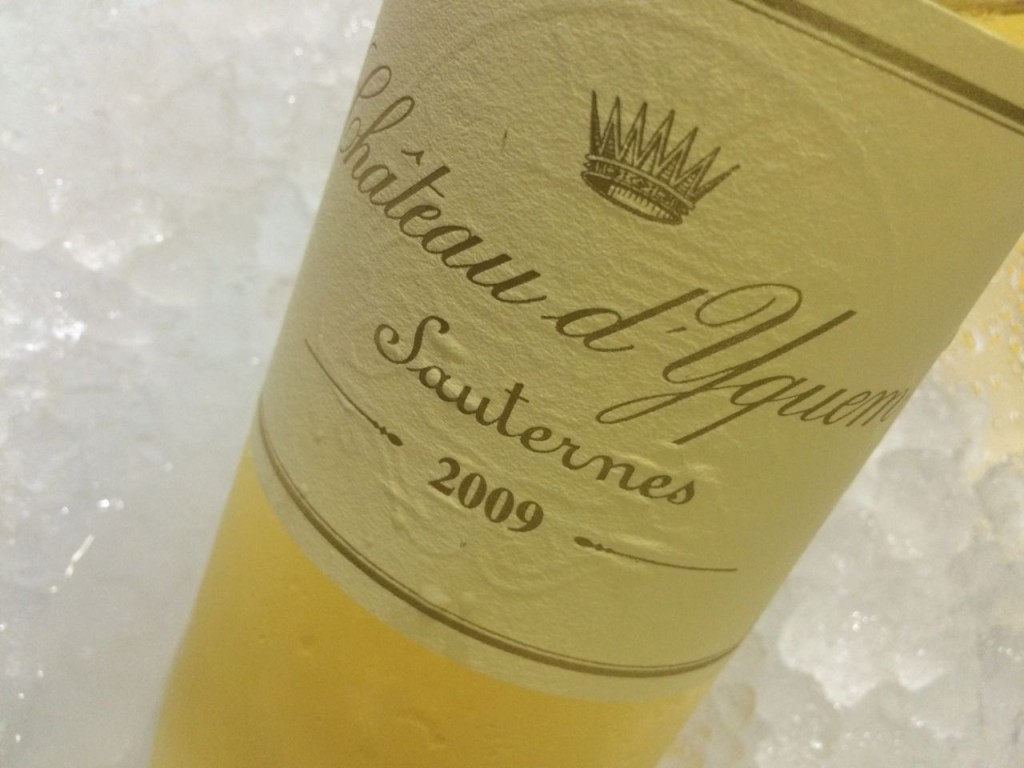
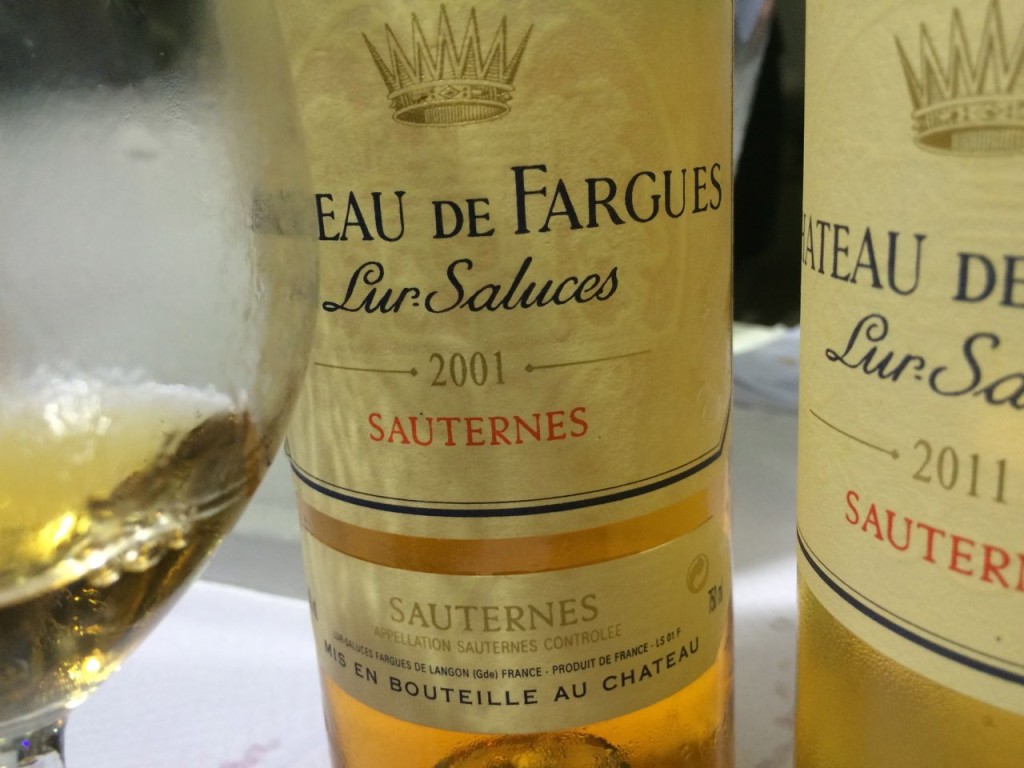
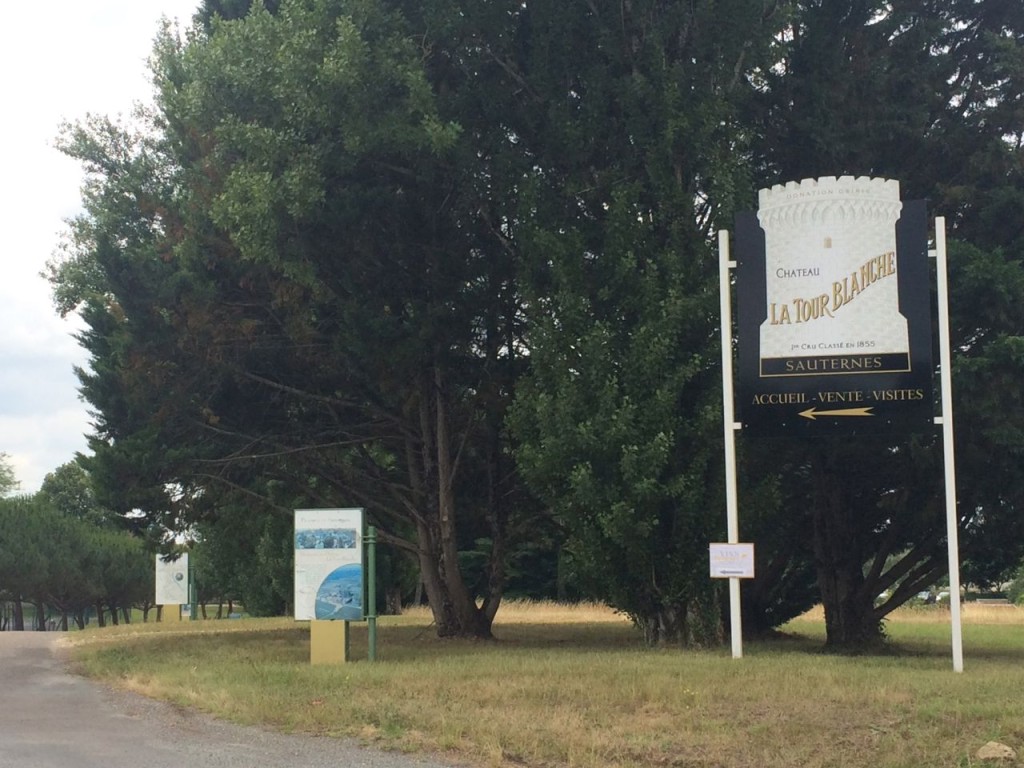
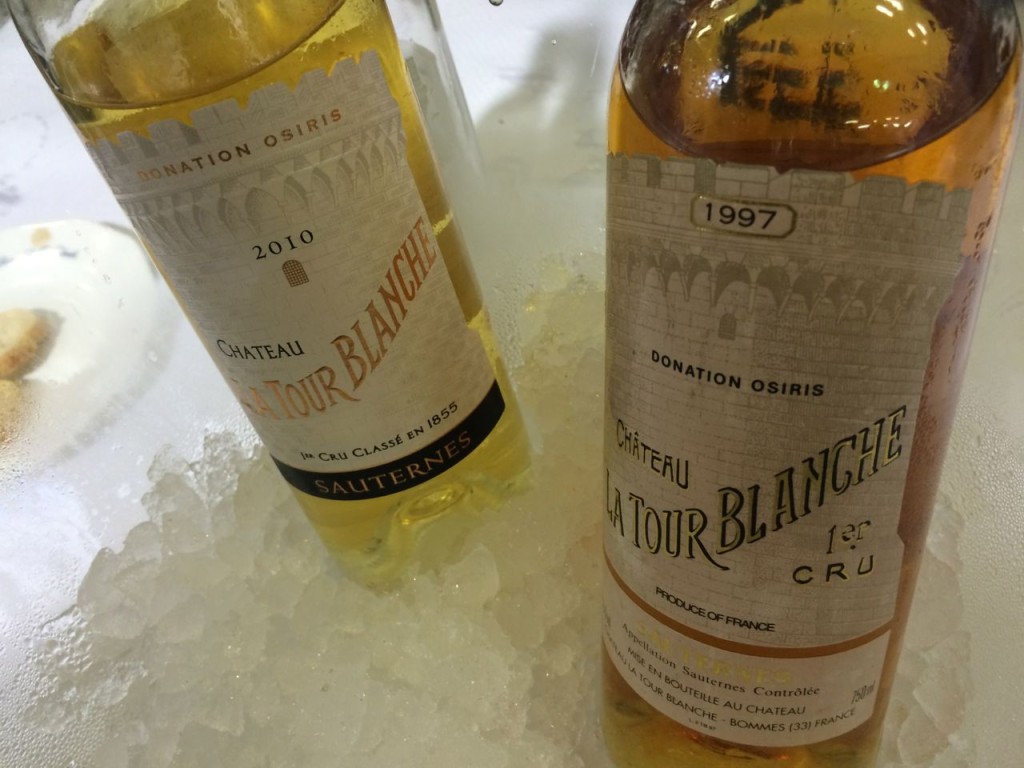
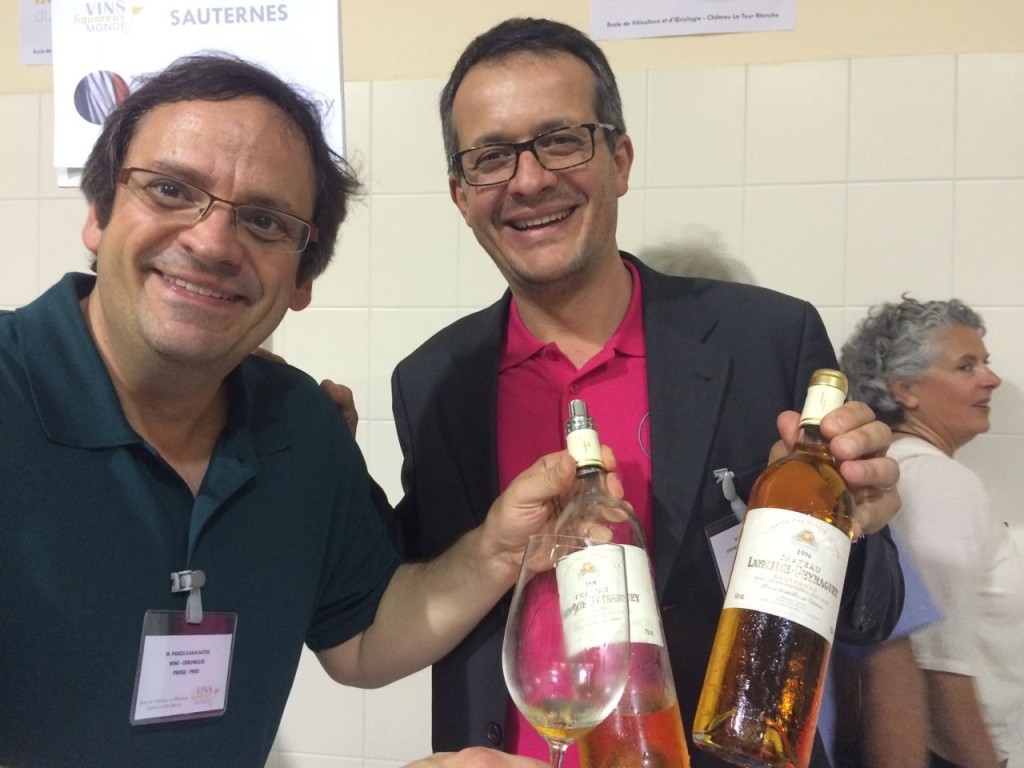
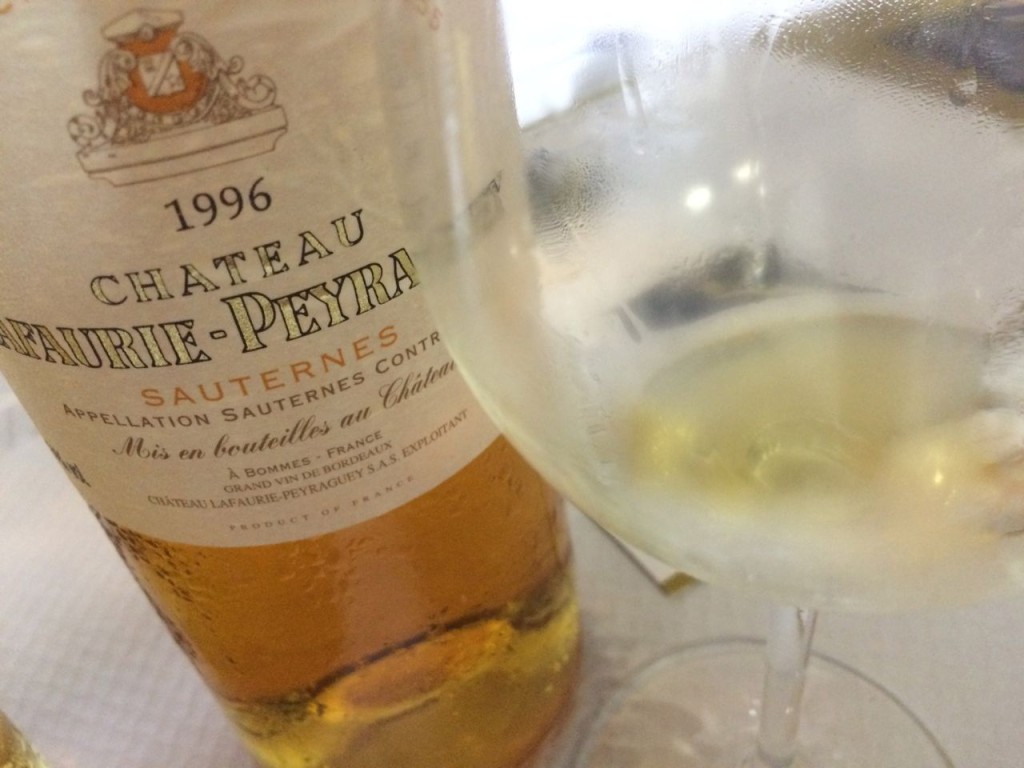
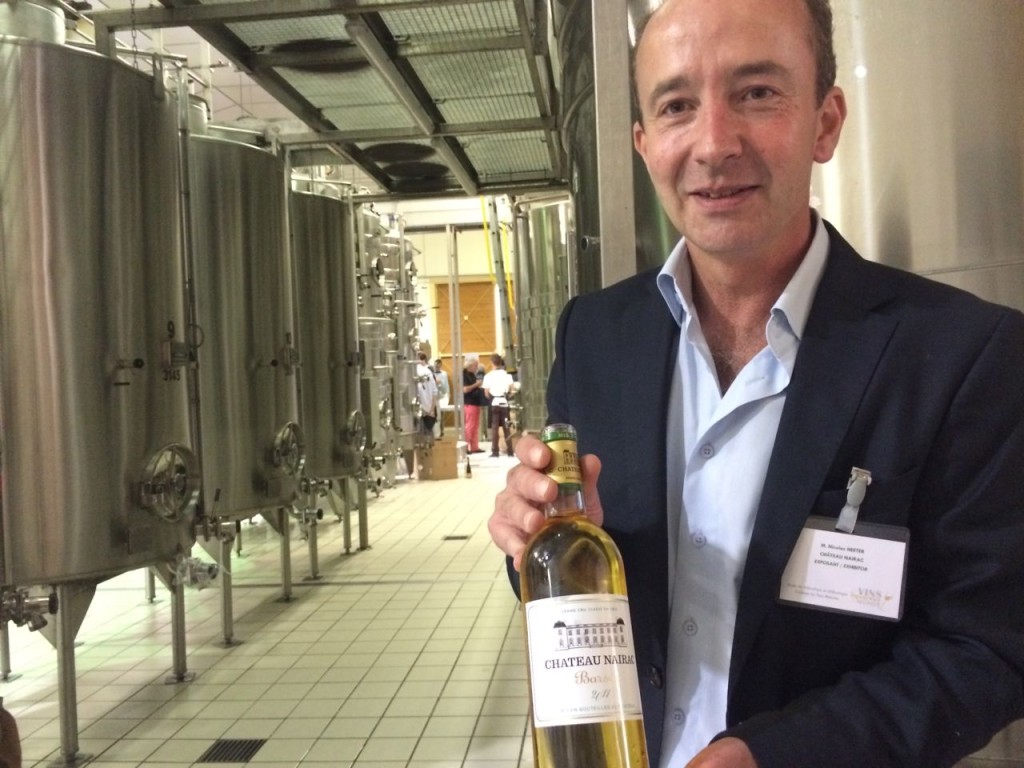
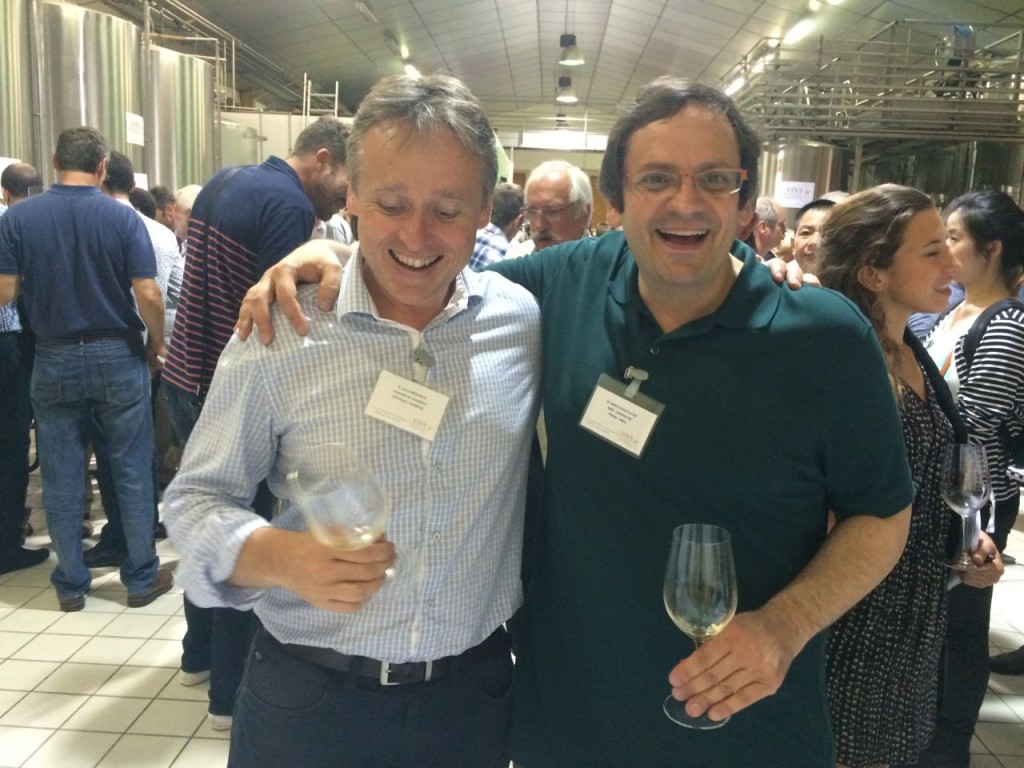
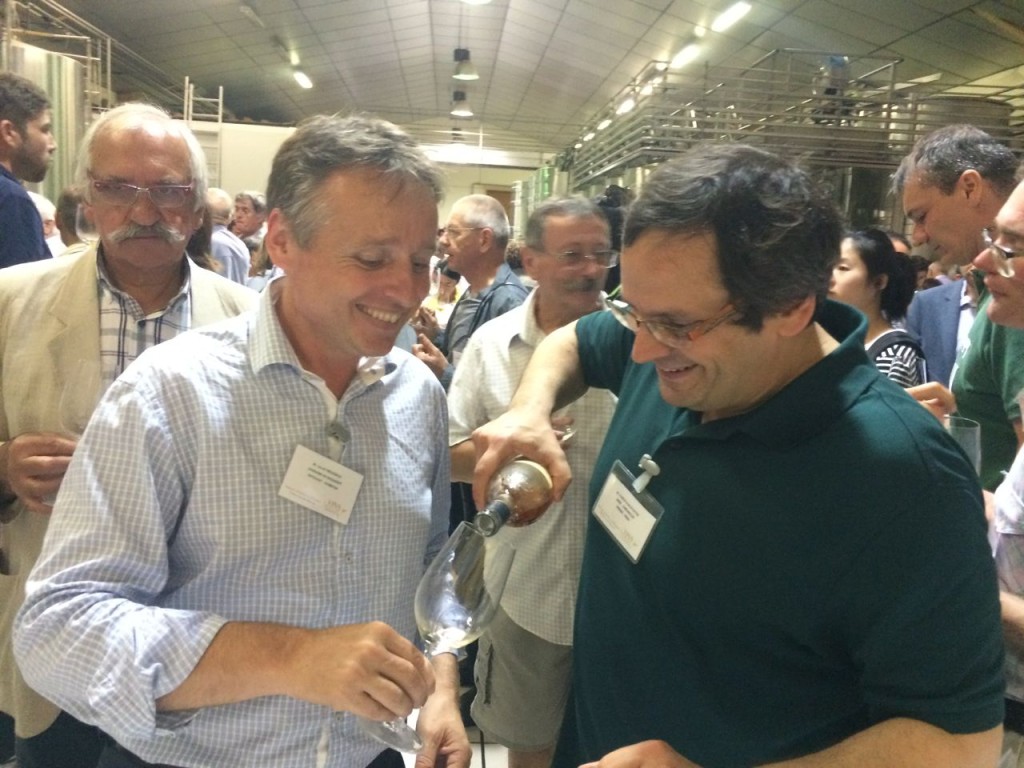
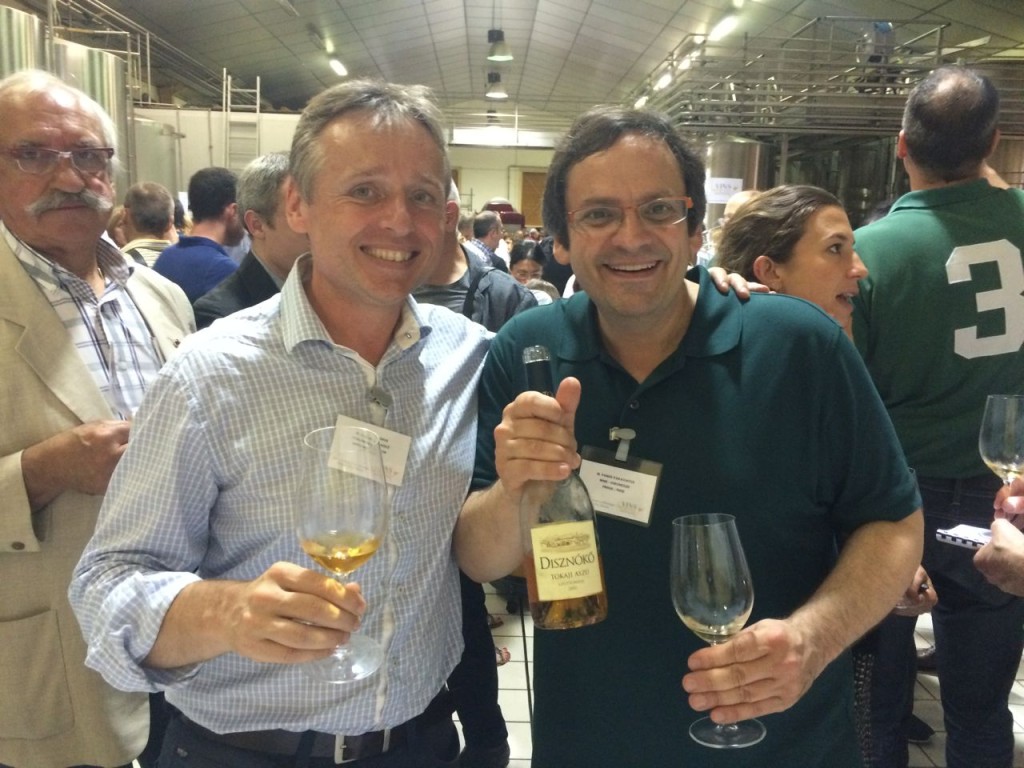
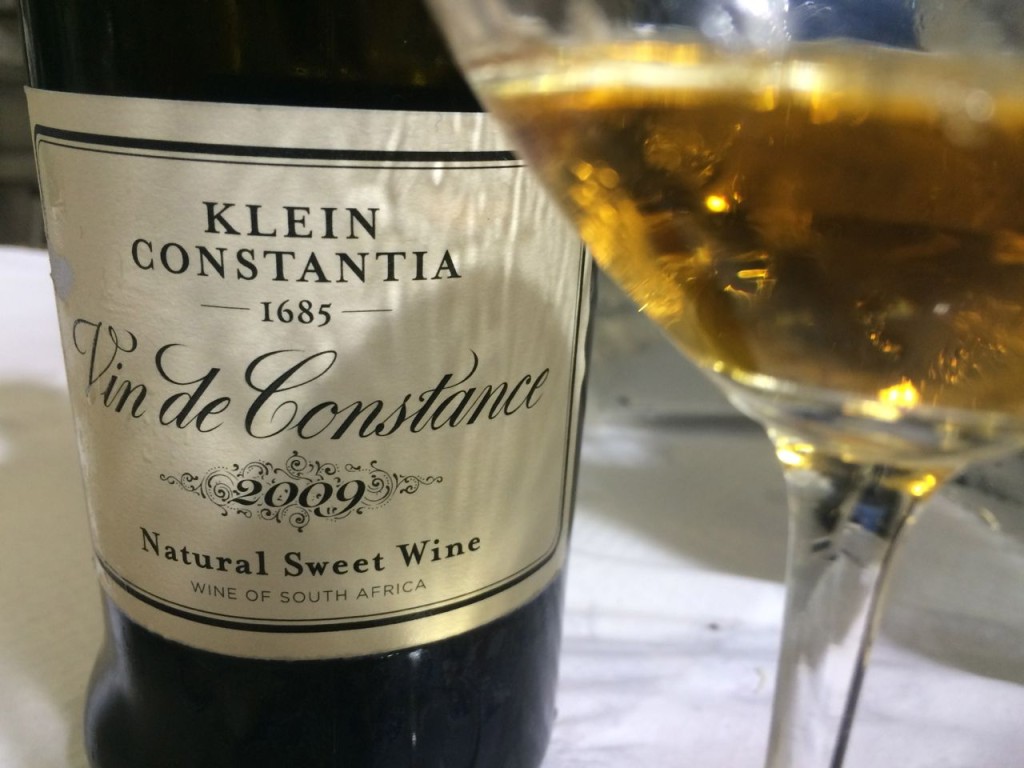
Share This